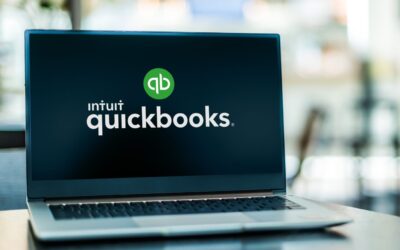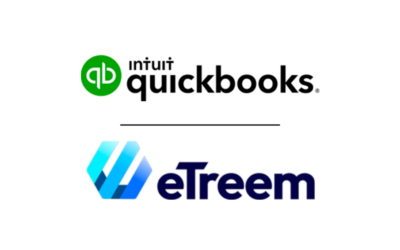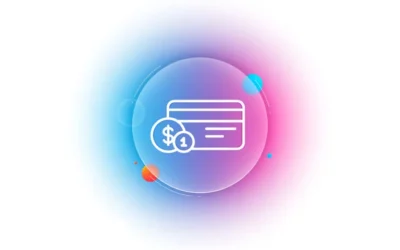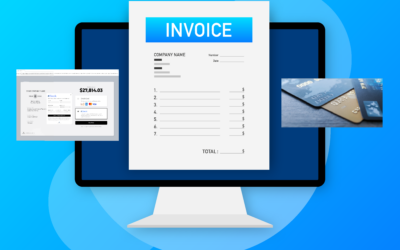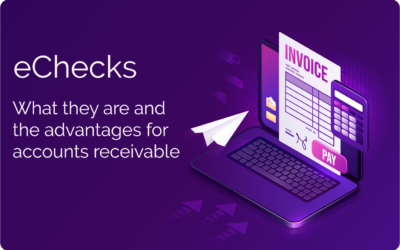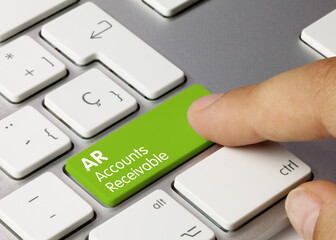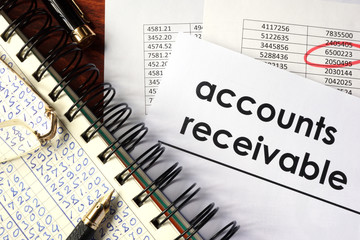A Guide to Avoiding QuickBooks Fees and Maximizing Savings
Navigating the financial landscape of QuickBooks can seem daunting, right? With its array of fees and expenses, understanding the basics is essential for any business aiming to thrive. But here's the thing — knowing where these costs come from and how to manage them...
Exploring QuickBooks Online Pricing: A Complete Guide
Navigating the world of accounting software can be a complex journey. QuickBooks Online simplifies this path with its intuitive interface and comprehensive features. “How much does QuickBooks cost?" you might wonder. Understanding QuickBooks Online pricing is...
The Guide On How To Cancel QuickBooks Online
QuickBooks Online stands as a cornerstone for countless businesses, offering a comprehensive suite of tools for finance, payroll, and billing management. Its robust platform supports businesses in streamlining invoicing, payment reconciliation, and achieving...
Which QuickBooks Is Right For Me?
The arduous task of picking the ideal QuickBooks variant can leave many entrepreneurs, employees, and business owners feeling overwhelmed and perplexed. QuickBooks, developed by Intuit, is a leading accounting software that caters to the diverse financial management...
Unveiling Harmony: A Guide to Reconciliation in QuickBooks Online
Every business needs effective financial management and accurate bookkeeping. These are essential for maintaining financial stability. QuickBooks Online (QBO) is a popular accounting software with several tools for financial management. One such feature is...
Exploring QuickBooks Online Invoicing: A Comprehensive Guide
Invoicing is like the pulse of a business's financial health. It's the process of requesting payments for services or products provided, essential for getting paid and maintaining a steady cash flow. Think of it as the bridge connecting your work to revenue, a...
How To Use QuickBooks Online: Step By Step Guide
Running a company usually involves several mundane tasks. You have to pay bills, keep up-to-date with your bookkeeping, manage business finances, oversee payroll processing, handle customer inquiries, and maintain regulatory compliance. These tasks, while essential,...
Mastering QuickBooks Online Payments: A Comprehensive Guide
In today's fast-paced business world, it is crucial to understand how to receive payments in QuickBooks Online. This is essential for efficient financial management. QuickBooks Online is a comprehensive solution for streamlined payments for businesses of all sizes....
QuickBooks Payments Review 2024: The Future of Financial Transactions
In today's dynamic business environment, navigating financial management solutions is essential for success. QuickBooks Payments responds to this need by offering versatile payment processing options. While it's known for its functionality and technology,...
How To Avoid QuickBooks Credit Card Fees
Navigating the landscape of credit card fees in QuickBooks, which commands an impressive 80.88% market share in the accounting software industry, is crucial for financial management. Understanding "how much does QuickBooks charge for credit card payments" goes beyond...
QuickBooks Credit Card Processing Fees: Ultimate Guide
Navigating the realm of credit card processing can often seem like a daunting task for businesses, especially when it comes to platforms like QuickBooks. Understanding QuickBooks credit card fees is not just about keeping track of expenses; it's about unlocking the...
Our Payment Processing Solution Works With QuickBooks Online
In the fast-paced world of business, efficiency is key, especially when it comes to financial transactions. QuickBooks Online, a popular accounting software, takes a giant leap forward in simplifying payment processes when integrated with eTreem. This dynamic duo not...
Level 3 Credit Card Transactions
Have you ever wondered how businesses optimize their credit card transactions for lower interchange rates and enhanced spending control? Level 3 data credit card processing has become a game-changer in the world of commerce. In this blog, we delve into the intricacies...
What is Level 3 Credit Card Processing?
Level 3 credit card processing is a game-changer in the credit card processing industry, especially for businesses engaged in Business-to-Business (B2B) or Business-to-Government (B2G) transactions. If you are a business operator or a merchant, you are likely...
B2B Credit Card Processing Simply Explained
As a business owner, knowing the basics of B2B credit card processing can help you make more informed decisions as you better understand the differences between various credit card processing providers. With so many ways to accept payments, it’s important to have the...
The B2B Payment Portal
B2B Payments Portal B2B payment portals are online platforms that enable businesses to manage their payments and transactions with other businesses digitally. Depending on the specific platform and breadth of features offered, portals provide a secure and efficient...
Automating B2B Receivable Payments
A Guide to Automating B2BReceivable Payments Automating B2B (business-to-business) receivable payments can streamline the payment process, reduce manual effort, improve cash flow, and enhance overall efficiency. That's quite an all-encompassing outcome, so let us...
Business Credit Analysis
What is Business Credit Analysis? Business credit analysis is a process of evaluating the creditworthiness and risk associated with extending credit or loans to a business. In basic terms, it’s the assessment of the financial health, stability, and repayment capacity...
Fintech 101
Fintech is a term used to describe the intersection of finance and technology. It refers to companies that use technology to provide financial services and products in innovative and more efficient ways. It is also described any business that uses technology to...
Payment Automation Reminders
Hunting down customer payments isn’t the most practical approach to debt collection. Collection pursuit takes a lot of time, resources, and headaches for both parties. Moreover, these efforts may negatively impact a company’s relationship with its clients. No one...
Overdue Payments
According to a recent study by Tally Street, 57% of B2B payments were collected late by small to medium-sized businesses in the United States in 2020. The study also found that the average proportion of overdue invoices increased to 50%, up from 43% in the previous...
The Importance of DSO
DSO (Days Sales Outstanding) is a financial metric measuring the average number of days it takes for a company to collect payment owed after a sale has been made. A high DSO can have a significant impact on cash flow as it means that a company is waiting longer to...
eChecks or Credit Cards?
eChecks or Credit Cards? Payment acceptance in the B2B space gives businesses several options to choose from. Two of today's most popular payment methods are eChecks and credit cards. While credit cards have been the most commonly used as a go-to payment method for...
Electronic Checks
Electronic checks, also known as eChecks, are a digital version of traditional paper checks. They are becoming increasingly popular as a secure, familiar and convenient way to make payments online. Here's a primer on what you need to know about electronic checks: How...
The Cash Flow Statement
The Cash Flow Statement (CFS), also known as a Statement of Cash Flows, is one of the main reports in your financial statements documenting the total amount of cash and cash equivalents your business received and used during a specified period. It highlights changes...
Account Receivables Series #3 Conventional Processing vs Modern-Day Automation
The conventional approach to accounts receivable has been to manually generate invoices from accounting software or even Microsoft Excel spreadsheets in batches, sometimes daily. These invoices would then be printed and posted or, in more recent times, may have been...
Cash Flow Management Forecasting
Cash flow is the movement of money in and out of a company. An organization’s cash flow is typically categorized as cash flows from operations, investing, and financing. Cash flow remains a vital aspect of running a successful SMB, and poor management of it is a...
Accounts Receivable Series #2 The Cycle
Key to success of the AR process is for businesses to set clear and realistic expectations for managing this cycle. For example, the average payment cycle in the US is 31 days, with larger companies taking 1 ½ to 2 times longer. As a result, businesses must carefully...
Important Payment Processing Terms to Know
Every business owner needs to know about payment processing terms and concepts. Here are five payment processing terms and definitions to help you crack the code! Batch When you have multiple transactions that need to be processed, they are bundled together and...
What are Virtual Cards and How do They Work?
What is a virtual card? Virtual cards are randomly generated digitized 16-digit numbers used in place of a physical credit card. Thanks to tokenization and spend controls, virtual credit cards are one of the most secure payment options for business buyers. A study by...
Accounts Receivable Series #1 The Mechanics
ACCOUNTS RECEIVABLE Accounts receivable departments are responsible for managing the movement of revenue by way of the invoicing and collection process. Beginning at credit application through to invoice processing, follow-up, and late payment collection, the purpose...
Understanding B2B Credit Card Tiers and Pricing Structures
No longer just a customer convenience, offering credit card payments has quickly become a business requirement in accounts receivable for SMEs, medium and large-sized enterprises. Considering this growth in B2B card payments, it’s important to review what rates you...




